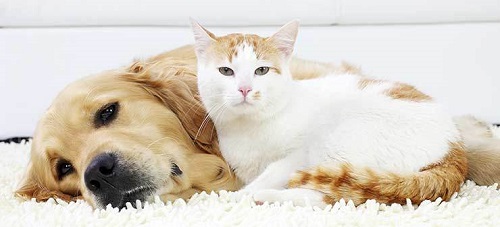 We now have a better idea why children constantly chirp, “Are we there yet?” It may have less to do with patience and more to do with their perception of time. A study by researchers at Ireland’s Trinity College Dublin finds small-bodied animals with faster metabolic rates, such as flies or hummingbirds, can perceive more data per unit of time than larger creatures.
We now have a better idea why children constantly chirp, “Are we there yet?” It may have less to do with patience and more to do with their perception of time. A study by researchers at Ireland’s Trinity College Dublin finds small-bodied animals with faster metabolic rates, such as flies or hummingbirds, can perceive more data per unit of time than larger creatures.
In short, smaller animals travel in slow motion.
The study, led by Trinity College Zoologist Andrew Jackson, studied a phenomenon called “critical flicker fusion frequency.” Flicker fusion is what allows humans to perceive flashing pictures as movies and TV. Using 30 different animal species, the research team measured how quickly a light can flash before an animal sees it as a steady beam of light. The final data showed that smaller animals can see quicker flashes of light than their larger counterparts. Data also showed variations even within a species.
Just like leopards developed camouflaging spots, the Trinity College scientists think some creatures have specialized in “slow-motion” perception to help them evade predators. This opens a new field of ecology and biology requiring study. For example, what if lightning bugs or angler fish can send flashes faster than their larger predators can perceive? This would give them a secret channel of communication without fear of alerting animals who would otherwise eat them.
The data also scrapes away the misconception about invertebrate and small animals being “simple” or “stupid.” Receiving this larger volume of visual data would do little good if the housefly didn’t have a brain powerful enough to process the information. So not only do houseflies live in slow motion, they have more brains than we previously thought.
So children complaining in the backseat aren’t impatient; they’re simply traveling in slow motion.












Leave a Reply